With billions of dollars available to improve transportation infrastructure, states have a chance to try new strategies for addressing congestion. But some habits are hard to break.
Interstate 710 in Los Angeles is, like the city itself, famous for its traffic. Freight trucks traveling between the city and the port of Long Beach, along with commuters, clog the highway. The trucks idle in the congestion, contributing to poor air quality in surrounding neighborhoods that are home to over one million people.
The proposed solution was the same one transportation officials across the country have used since the 1960s: Widen the highway. But while adding lanes can ease congestion initially, it can also encourage people to drive more. A few years after a highway is widened, research shows, traffic — and the greenhouse gas emissions that come along with it — often returns.
California’s Department of Transportation was, like many state transportation departments, established to build highways. Every year, states spend billions of dollars expanding highways while other solutions to congestion, like public transit and pedestrian projects, are usually handled by city transit authorities and receive less funding.
Over the next five years, states will receive $350 billion in federal dollars for highways through the infrastructure law enacted last year. While some have signaled a change in their approach to transportation spending — including following federal guidelines that encourage a “fix it first” approach before adding new highway miles — many still are pursuing multibillion dollar widening projects, including in Democratic-led states with ambitious climate goals.
Author
Read the full article on The New York Times
Recommended by Luisa Bravo



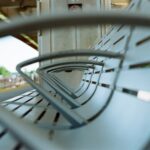


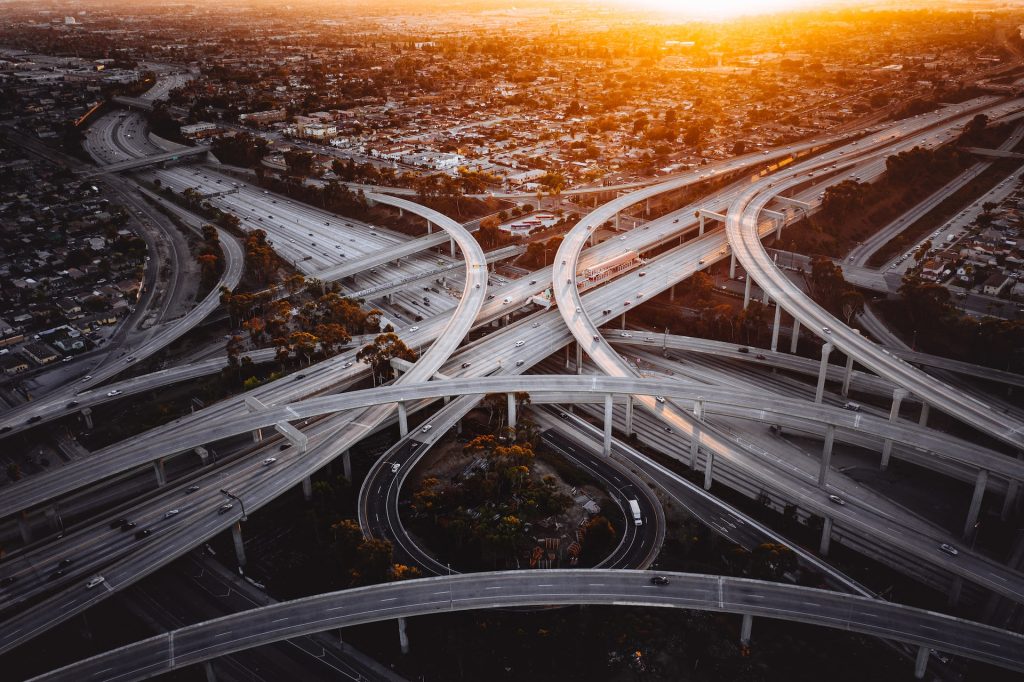
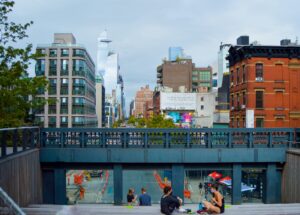
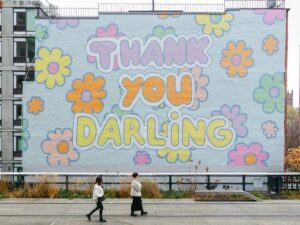
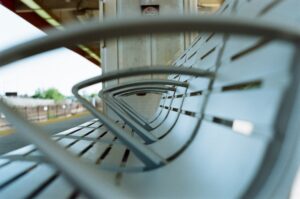

More Stories
A stealthy reimagining of urban public space by Elizabeth Diller
The best outdoor art in NYC this winter (2024)
Activists vow to keep installing guerrilla benches at East Bay bus stops